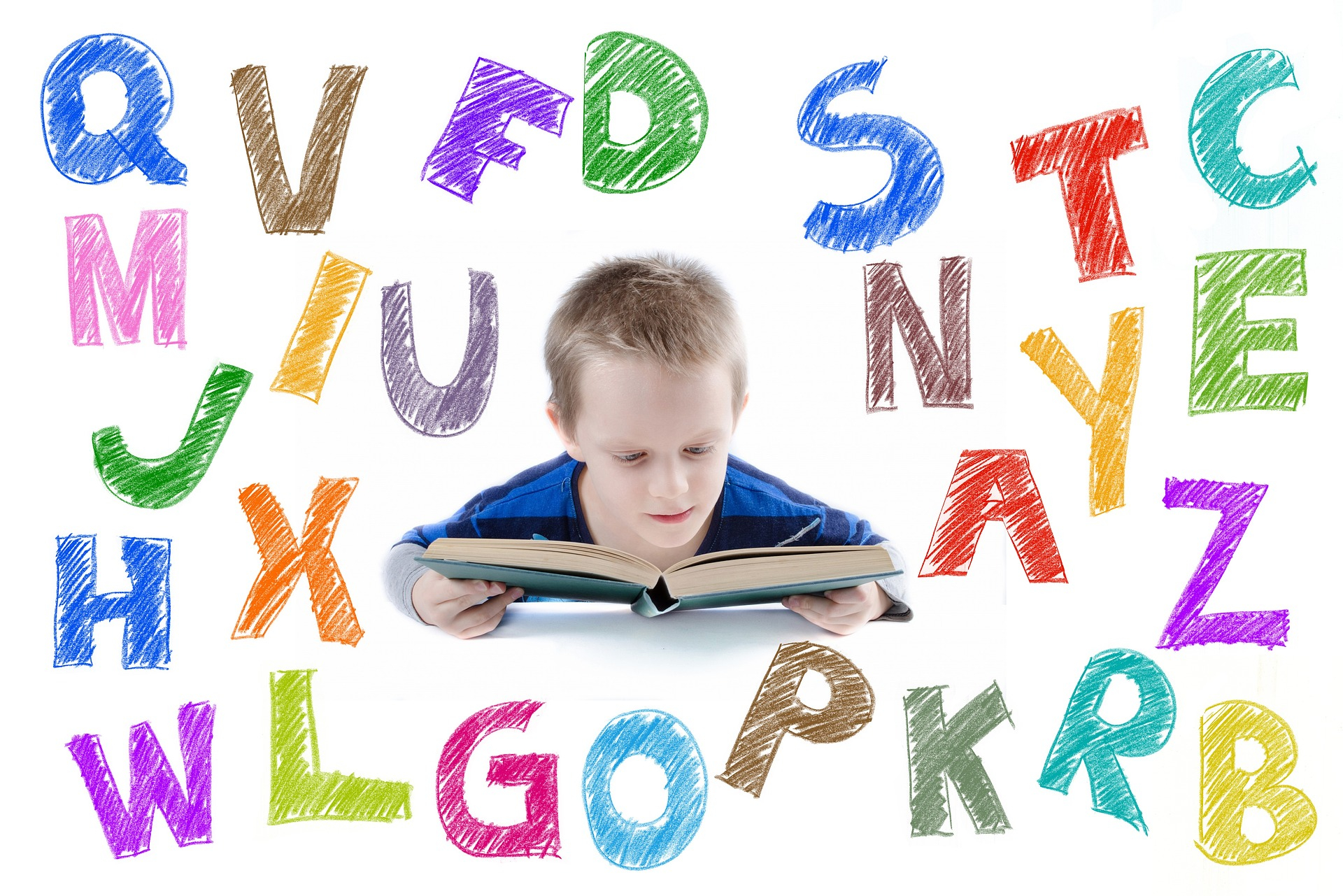One of the first things Potowski brings up is the fact that in the US, assimilation was not only used, but expected among society and schools. Her example she used was about her grandparents being fluent in Lithuanian but never passing that on because of the pressures to only speak English. Even though that was in the 1950s, there still isn’t a lot of encouragement for immigrants to keep their other languages and the cultures that come with them. US school systems also aren’t set up in a way where different languages are used and promoted from a young age. Many citizens have also developed an “English Only” mentality, causing a huge conflict in the country with immigrants who live there, even though, as Potowski says in the talk, that over 65% of people are multilingual and it would be beneficial for other languages to be used and celebrated in the US.
The two myths that Potowski brings up are “Multilingualism is damaging to society,” and “Multilingualism is damaging to individuals,” (TEDx Talks, 2:00) are unfortunately very prominent in US culture. Though I don’t see this as a myth that people believe here in Sweden.
Some of Polowski’s ideas relate to my social context in Sweden. When she brings up the points of how difficult it is to learn languages as an adult and how impressive it is that adults from other language backgrounds can learn English very well in the US while having long work days and no access to lessons (TEDxTalks, 3:45), I thought about myself as an immigrant in Sweden and how the situation varies so differently. Sweden offers free Swedish classes to anyone that wants to take them. They are a society that is already very strong in English and likes to practice so they really take ownership of their multilingualism, opposed to the myth that it is damaging that was mentioned earlier. Even for my students (who are mostly learning English as second, third, or fourth language) their L1s are fostered in a way that is not visible in the US. The language students use at home are given ownership and exposure. Students can take free mother tongue classes at school before or after class. The mother tongues at my school vary from Arabic, Mongolian, Ukrainian, French, and Tigrinya and all are available for students who speak that language.
Some of her ideas also relate to my education contexts, where I teach at an international English school in a high immigrant community in northern Stockholm. The current school I work at offers something similar to the Two-Way Immersion program Polowski describes. In their earlier years (K-3) they mainly only use Swedish with basic English, such as colors and simple vocabulary. Once they get to grade 4, they can choose to go to a commune school or to another school (an international English school for example, which is still free for families). In both schools, students will still use Swedish and in the commune schools they increase their English. However, in the English schools it suddenly becomes English instruction for about 75% and Swedish instruction for the other 25%.
The language shift she describes at 3:56 (TEDx Talks) connects strongly with both of these ideas socially and educationally since a lot of the students are very proficient in their heritage language. Polowski describes how this is still happening today and has affected several countries in the past. Luckily, I do not see this language shift happening currently in Sweden, but that is also due to the abundance of resources given by society. This is also because Sweden has been a big immigrant receiving nation, especially within the last decade, which the Swedish national curriculum and the Swedish Rights for the Child account for.
References:Potowski, K. [TEDx Talks]. (2013, May 3). No child left monolingual. [Video]. Youtube. https://www.youtube.com/watch?v=pSs1uCnLbaQ
